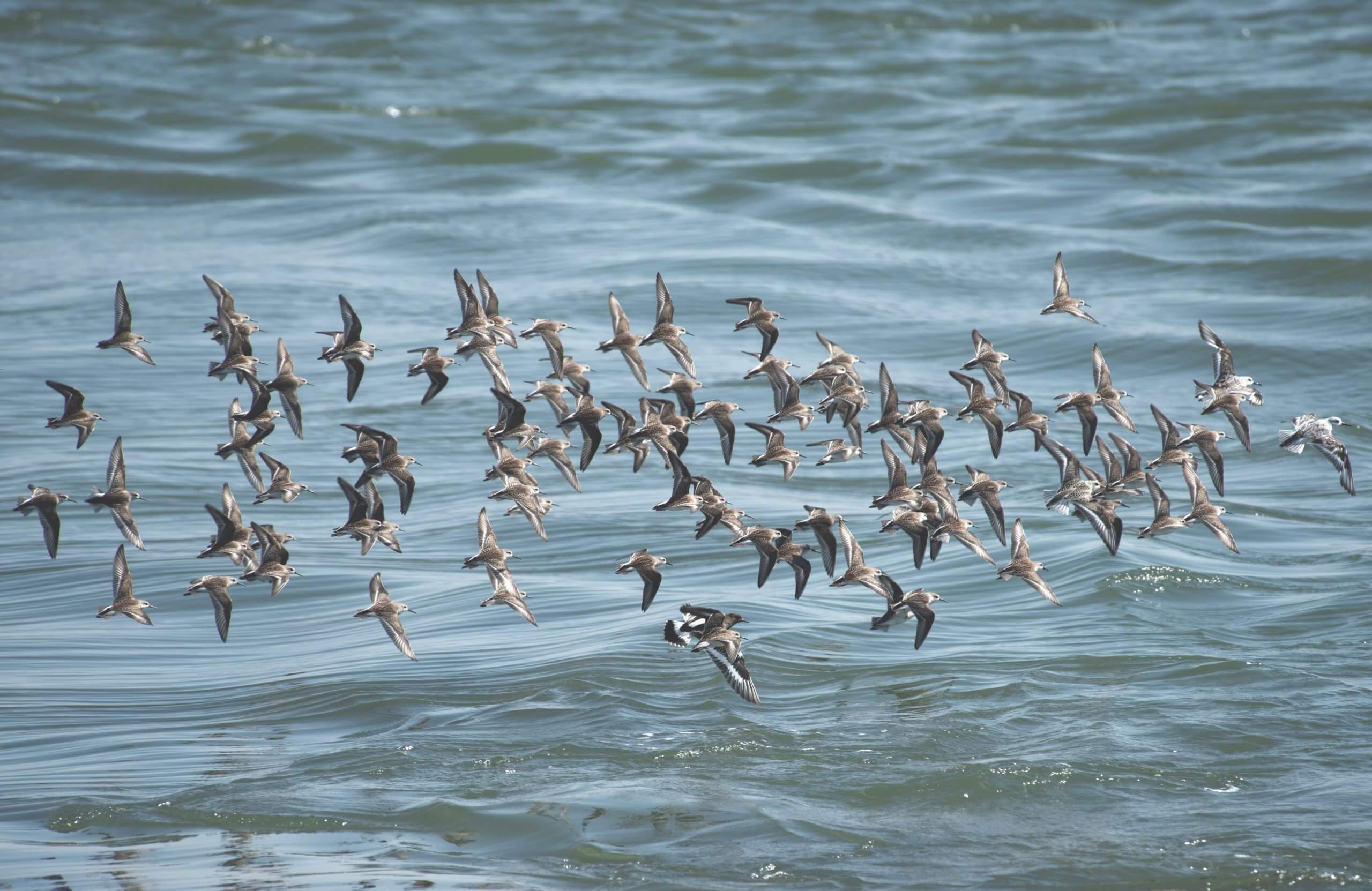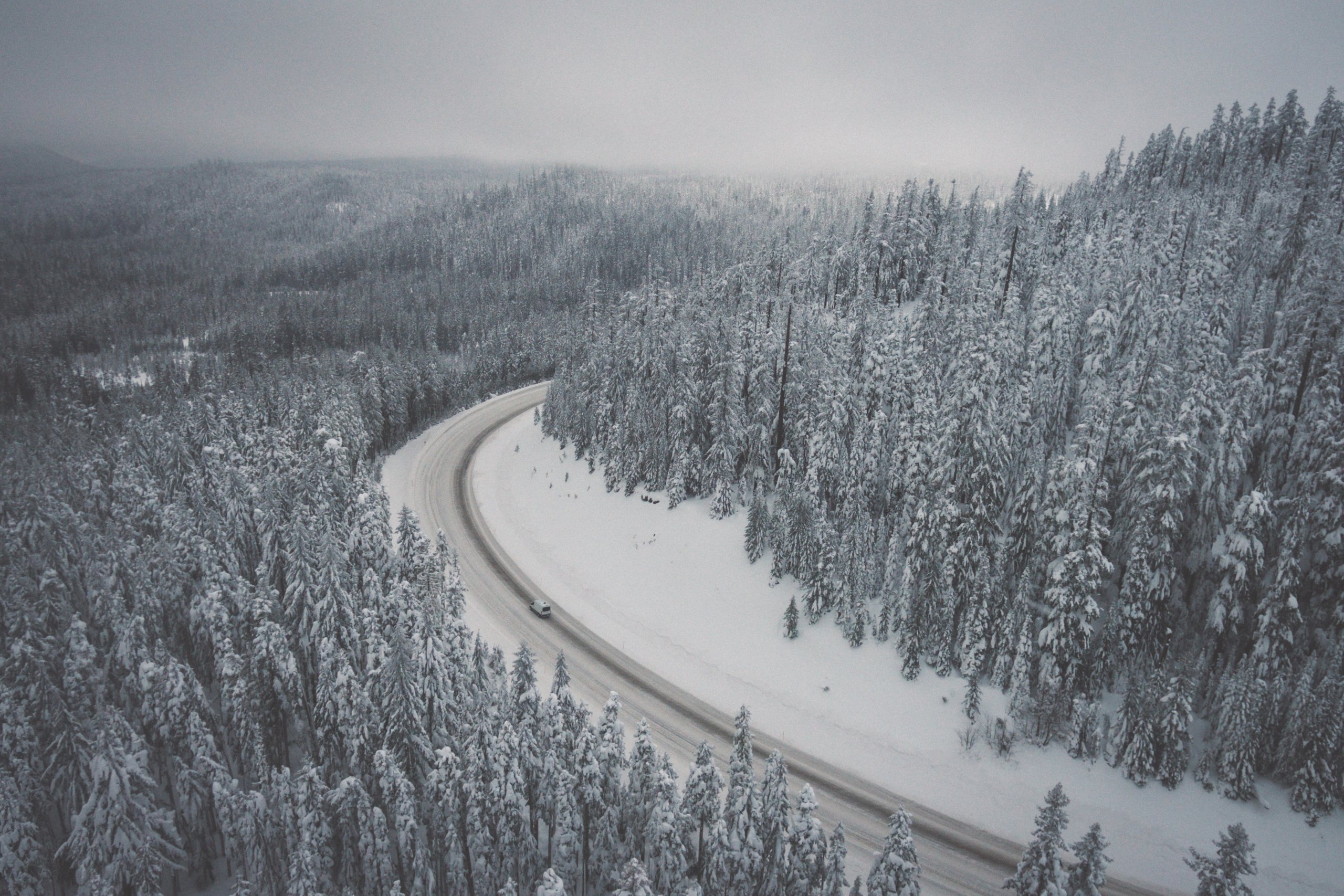Science clearly has a critical role to play in informing policy. Congressional staff, governors’ resource advisors, and dedicated science advisors all spend countless hours distilling science into its most policy-relevant nuggets. But what about the scientists themselves? What can scientists bring to policy discussions beyond their knowledge? COMPASS’s Directors of Science and Policy weigh-in:
Chad: The first thing that strikes me is bandwidth – scientists can rapidly navigate a vast body of knowledge for policymakers. As a Congressional staffer, policy analyst, or science advisor, you simply don’t have time to read all the science on a given topic – and that doesn’t even acknowledge that you may not have easy access to many scholarly journals. Jumping from graduate school to a fellowship in the U.S. Senate’s science-focused committee, I discovered I no longer had immediate access to the databases that let me search and download the many scholarly articles I had grown accustomed to reading. In addition, especially for cutting-edge topics, published science may not yet exist. Having a scientist in the room can provide immediate, credible, and usefully filtered access to a whole field of research.
Karen: The reality is that no one – not even scientists – can keep up with the deluge of scientific papers. And, even in a world where decision-makers could somehow stay abreast of the latest science, that wouldn’t be enough. Scientists bring more than knowledge. They bring insights and connections to other scientists that transcend their publication record. For some, these insights stem from decades of research in, and an intimate knowledge of, a given place. But such insights are not the exclusive domain of senior scientists. They can also take the form of weaving together seemingly disparate ideas or finding new applications for old ideas. I often find myself pining for the nonexistent Journal of Big Ideas. Conceptual papers, especially high-profile, open-access, multi-authored ones, can be incredibly difficult to publish; yet these applications are absolutely essential for decision-making. Several respected colleagues of mine tried to publish a manuscript describing the application of decades-old economics to cutting-edge challenges in coastal planning. While the application of this science was innovative and timely for policymakers, the paper was rejected from four different journals on the grounds that it was not novel science. Scientists need to be at the table to communicate their science and so much more – potential risks, uncertainties, and the spectrum of implications of a particular decision.
Chad: I agree. You’ve touched on a key consequence of scientists and policymakers living their professional lives apart from one another. Very few policymakers have science backgrounds, especially elected officials. Congress never has more than a handful of PhD’s in elected office. The lack of exposure to the very culture of science means that many decision-makers don’t even understand the kinds of questions scientists can help them answer. Of course, virtually no scientists started life as policymakers either, so scientists often have just as little understanding of the culture of policy. As a result, scientists are hard-pressed to gauge the actual questions policymakers want answered. Simply being in the room and hearing the kinds of questions and dialogue that interest policymakers will help scientists pull the policy-relevant “So what?” out of the science.
Karen: I think you’ve hit the nail on the head. Having scientists in the room can help all parties understand how to ask more pointed questions. Decision-makers can better explore and understand their decision space and the kinds of questions that science can help answer (or in some cases, may never answer). And scientists can improve their understanding of the everyday realities and needs of decision-makers and tailor their research to more effectively address some of society’s most pressing challenges.
Having relevant science in the room is a good place to start, but it is not enough. There’s simply no substitute for also having the scientists themselves. There’s a lot of work ahead to break down the cultural (and practical) barriers that keep many willing scientists out of the policy tango. Care to dance?


